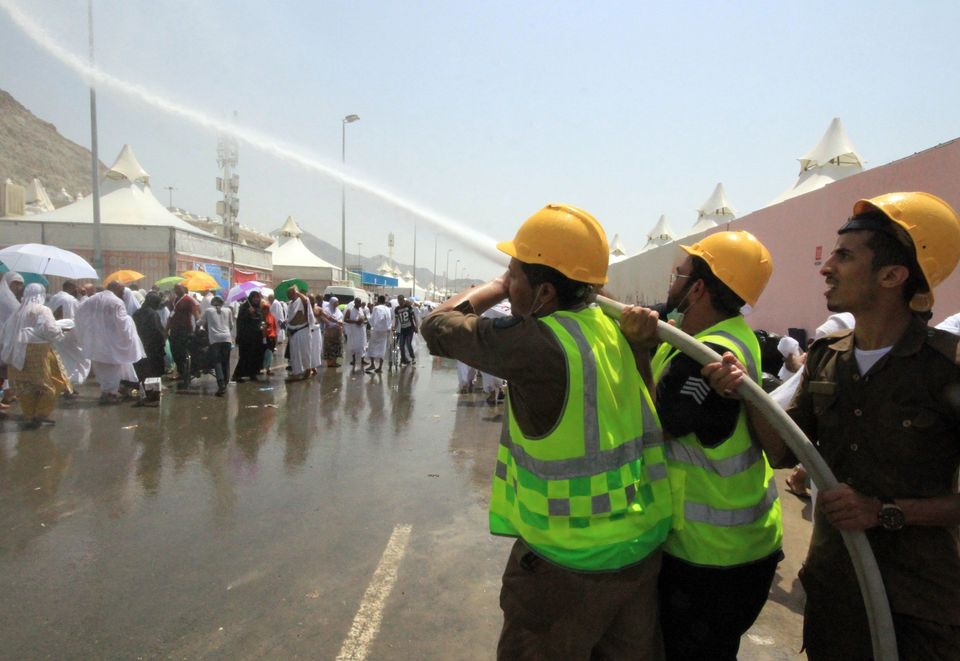
After a stampede in the Saudi city of Mina killed over 700 people and injured hundreds more on Thursday, the hajj's safety risks are back in the spotlight.
Each year, the pilgrimage brings millions of people to Saudi Arabia on a five-day Islamic pilgrimage to the holy city of Mecca. All Muslims able to make the journey are required to do so at least once in their lifetimes.
The cause of Thursday's tragedy is not yet fully known. Witnesses told The Associated Press that the chaos started when two large groups of people walking in opposite directions came into contact with each other.
So far, Saudi officials have framed the disaster as the fault of the pilgrims. Interior Ministry spokesman Mansour al Turki cited their fatigue as a possible factor, according to the AP.
In past decades, stampedes and other disasters have killed scores of people making the pilgrimage.
This year's incident is the deadliest since 1990, when another stampede killed over 1,400 people after panic erupted in a pedestrian tunnel, Reuters notes.
Saudi authorities spent millions on hajj infrastructure after the 1990 disaster, but a series of almost annual tragedies followed nonetheless.
In 1994, 270 pilgrims died in a stampede, and three years later, more than 340 people died when a fire struck a pilgrims' tent city in Mina, according to The Guardian.
Hundreds more died in the 2000s. In 2006, at least 360 pilgrims were crushed to death in yet another Mina stampede. That year, another 73 people died when a hotel in Mecca collapsed.
Saudi authorities took further action after the 2006 disaster. Crowd control researchers met with officials and devised plans to alleviate the congestion that led to the stampedes. Authorities gave pilgrims timetables and divided them into groups to take different routes, and some clerics loosened the religious rules governing when specific rites need to be performed to ameliorate the traffic.
Several past stampedes occurred when pilgrims stopped to participate in a ritual in Mina that involves throwing stones at walls representing the devil, which led to deadly congestion. As a result, the kingdom spent a billion dollars to build a new, larger platform to accommodate the increasing number of pilgrims at the site.
These measures had the intended affect, and there have been no mass casualties there since 2006.
But disaster returned this September, when a construction crane collapsed at the Grand Mosque, killing 107 people just before the start of the hajj. Officials blamed the Saudi Binladin Group construction company for the collapse and suspended its future contracts.

